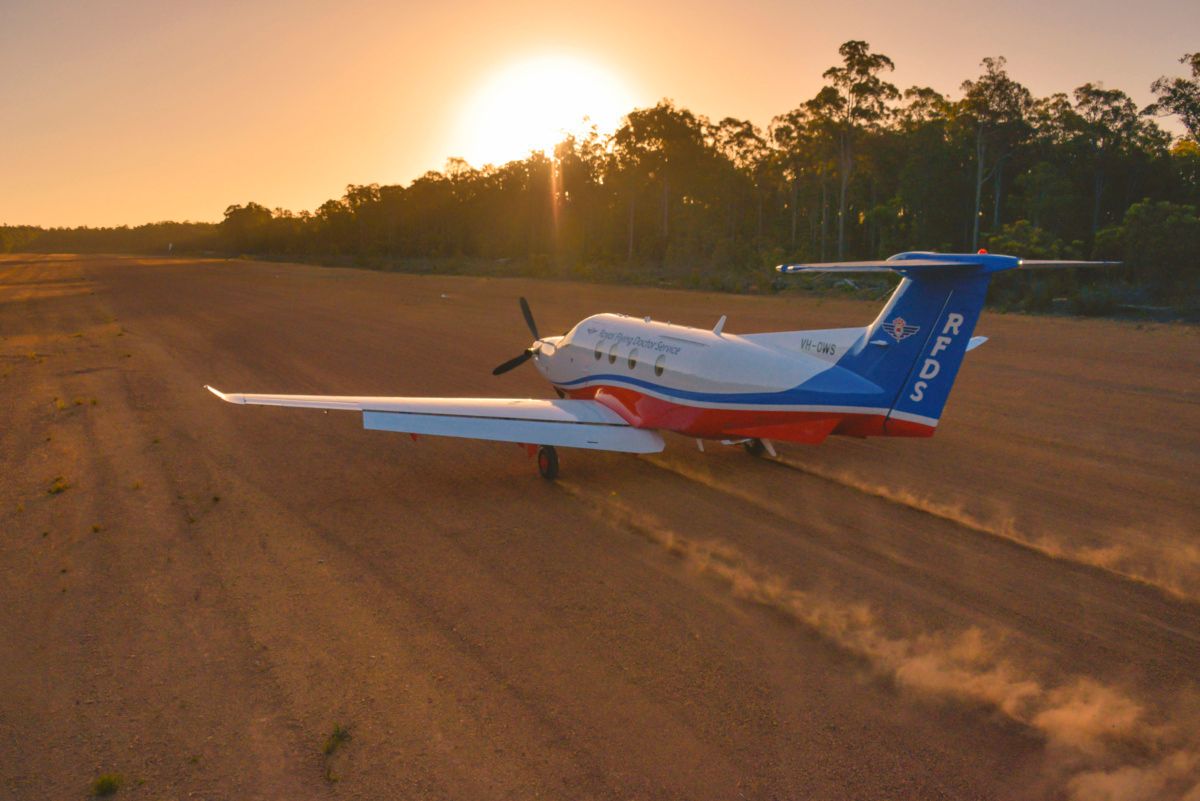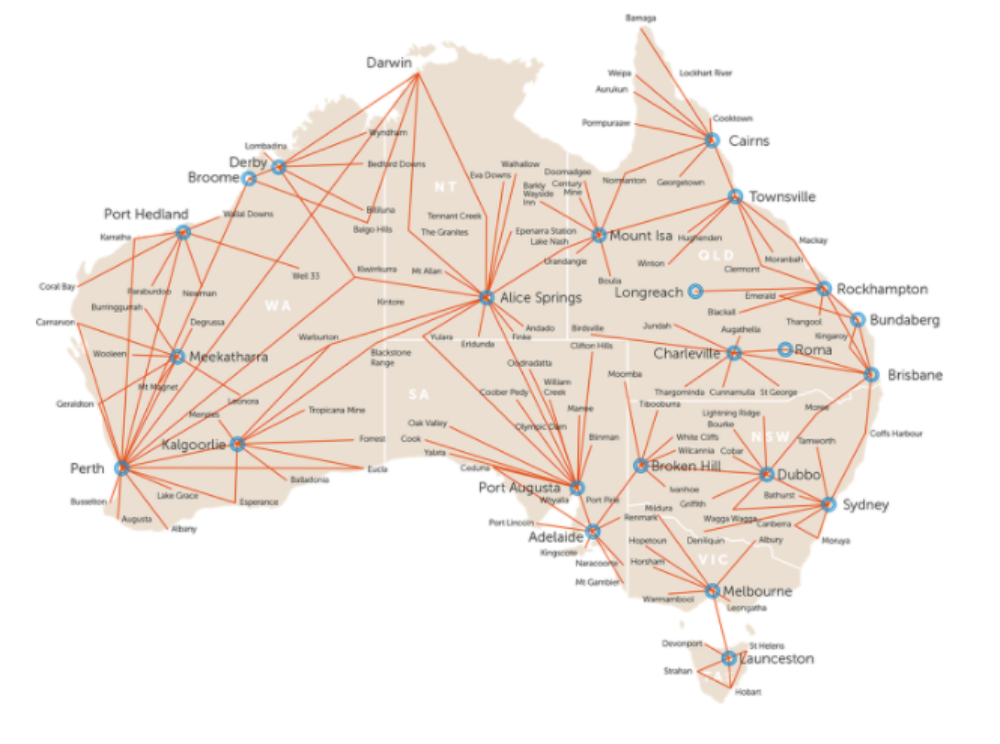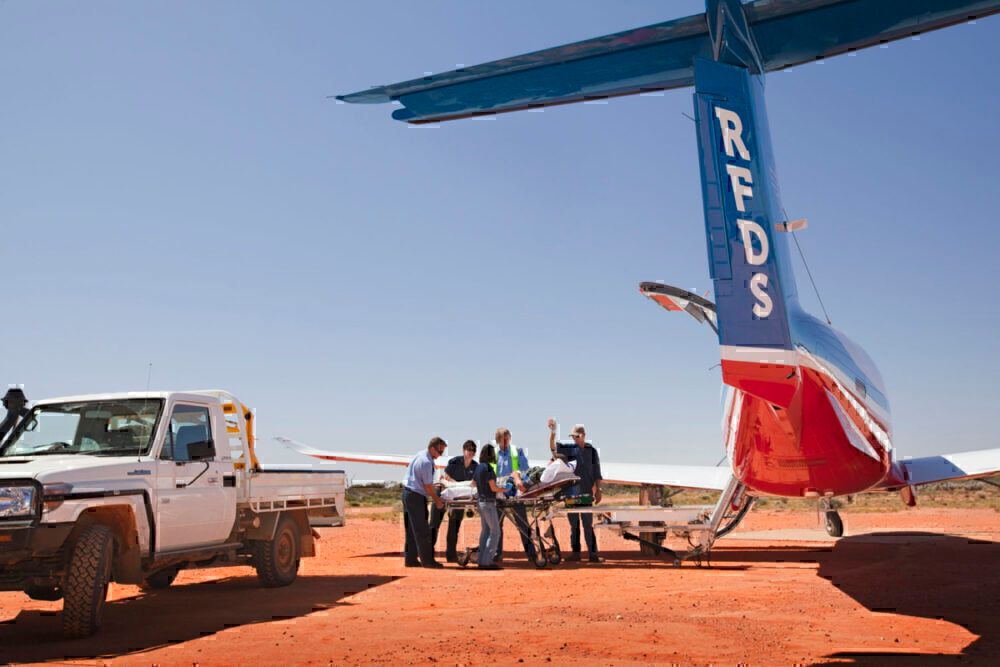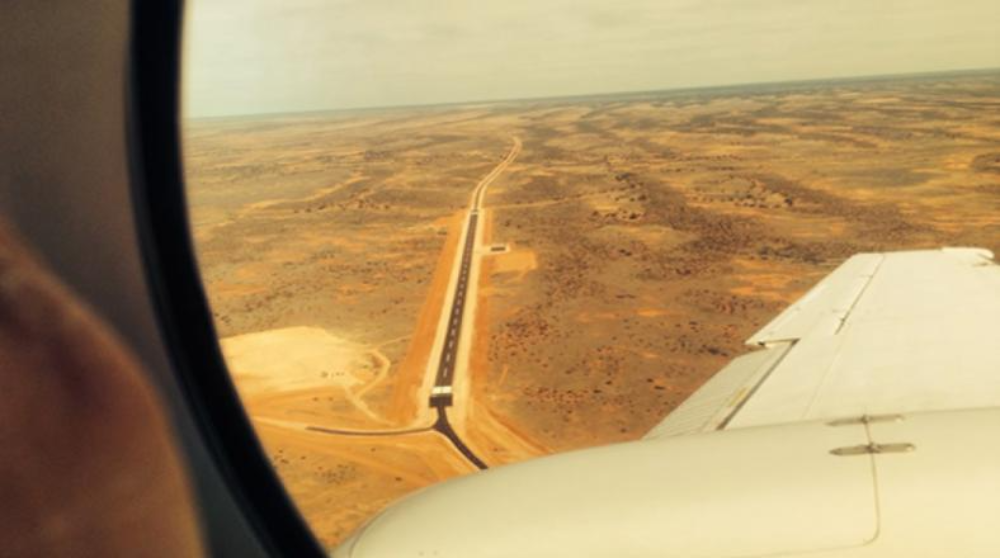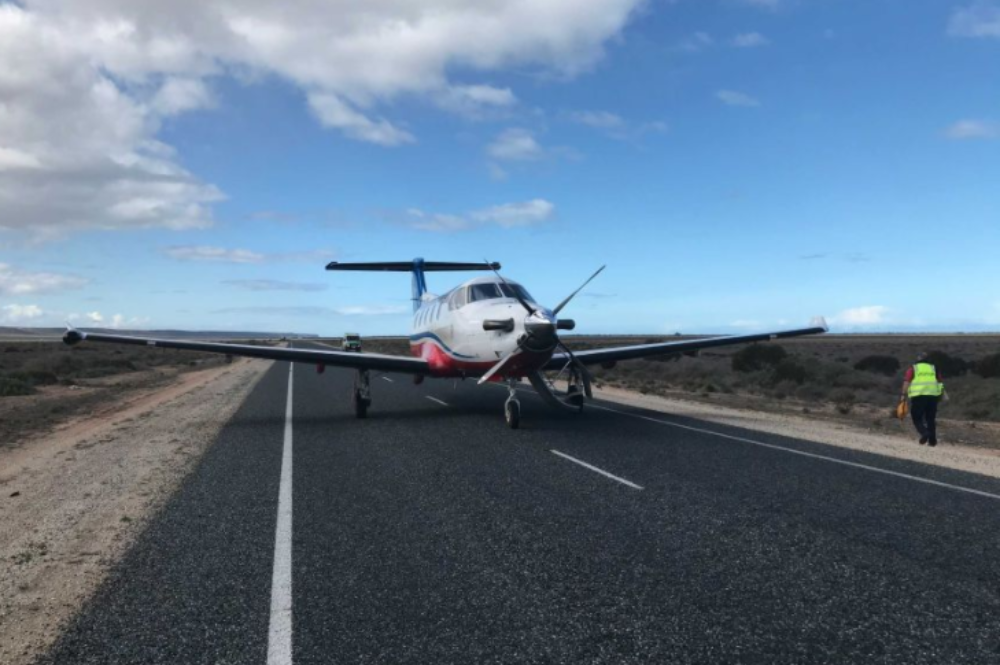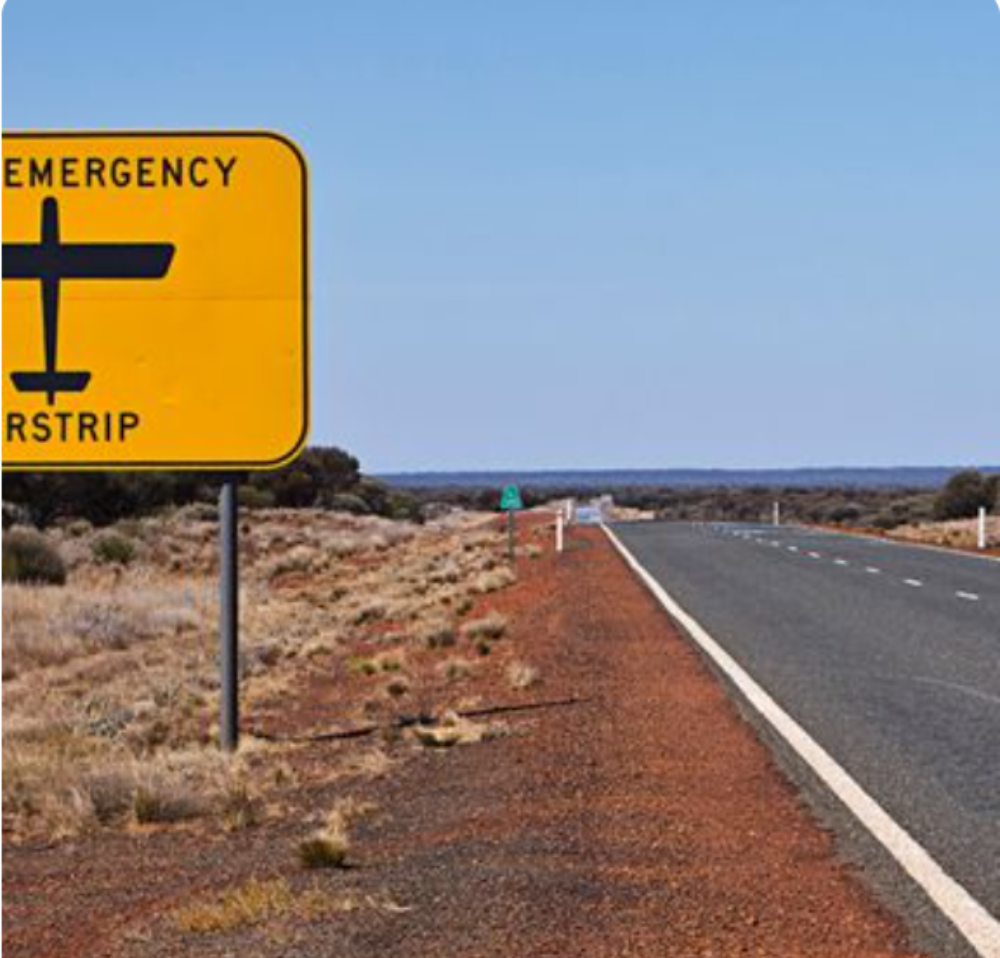In a country like Australia, with big distances and a thin population, air services are essential. When people think of Australia and planes, they usually think of Qantas. But there's another equally iconic and arguably more important aircraft operator, the Royal Flying Doctor Service (RFDS).
Australia's secret airline
The RFDS is one of the largest primary health aeromedical organizations in the world. Using 77 planes, the RFDS offers a 24-hour emergency air retrieval service to the people that live, work, and travel across the 7.7 million square kilometers of outback Australia. Best of all, it's free. It does not matter where you come from. If you get injured in outback Australia, the RFDS will fly in, pick you up, and transport you to the hospital.
Stay informed: Sign up for our daily aviation news digest.
Operating from over 40 bases around Australia, the RFDS sends its planes and medical teams into remote Australia to run fly-in fly-out GP and nurse clinics, mobile dental services, patient transfers, and emergency retrievals. The planes land on anything from dusty roads to capital city airports, with ATC pushing A380s and VIP jets out of the way.
A mixed aircraft fleet that works hard
The RFDS has four aircraft types in its fleet. The fleet includes 34 Pilatus PC-12 turboprops, 30 King Air B200s and B200Cs, ten King Air B300Cs and B350s, and a trio of Pilatus PC–24 jets. All aircraft undergo an extensive refit after purchase, so they have the necessary medical equipment to deal with any emergency. The new Pilatus PC-24 jets are styled as emergency wards in the skies and can accommodate three stretchered patients and two medical teams consisting of four doctors and nurses.
The RFDS says it can get its planes almost anywhere in Australia within two hours. If you live in the bigger cities, the RFDS is kind of out of sight, out of mind. But once you are away from the cities and larger towns, the RFDS is a vital service.
RFDS pilots pride themselves on being able to land in some tricky situations and offbeat spots. When you get way off the beaten track, there's not much infrastructure, and what's available is often shared. A good example of this is when national highways double up as runways.
Highways doubling up as runways
Out in far western New South Wales, somewhere past Broken Hill, there's a strip of the Silver City Highway that also serves as a runway. If you're driving along, you might notice what looks like a pedestrian crossing where there's never any pedestrians. The road also widens. Coming in from the air, the highway running into the runway is more noticeable.
While it's a step up from landing on bumpy dirt airstrips, highway landings are not without their challenges. There are not a lot of vehicles in the area, there are some, and they barrel along. Usually, if there's time, local police will man either end of the runway to stop traffic. But police can be few and far between out there as well. Then there's the issue of wildlife. Again, if there's time, locals and police will drive up and down the runway to clear stray kangaroos and emus off.
Toilet paper used as runway lighting
Landing at night is also challenging, and there are no lights out there. The RFDS tries to avoid landing into unlit airstrips and runways at night. But if there's an emergency, there may be no choice. When that happens, locals line the runway with burning toilet rolls, and that guides the plane in.
If you keep pushing past Broken Hill, you'll hit the Eyre Highway, a 1,660-kilometer road link between South Australia and Western Australia. It's well maintained but otherwise just a two-lane single carriageway. Along the highway, sections have been widened to allow RFDS planes to land. The runways are signposted, have runway pavement markings painted on the road, and turnaround bays for aircraft.
The runways don't get a lot of use, but when there's a vehicle accident or a serious injury among the few people who live out there, they become a vital resource.
A highway landing in August
Just last month, an RFDS plane landed on the Eyre Highway outside Eucla, a small town (population. 53) on the Western Australia / South Australia border. It was only the second time the RFDS had landed on that stretch of the highway in ten years. There is a dirt airstrip at Eucla, but recent rain had rendered it unsafe. The town is 500 kilometers from the nearest (small) hospital.
Because the town is near the border, there were police stationed nearby. The police stopped the traffic and cleared the highway of any animals.
"It's definitely a higher-risk operation," pilot Brian Gordon told the Australian Broadcasting Corporation after he landed safely to pick a patient who'd suffered a stroke.
"It's pretty remote out that way, and we've had to move patients to other strips over the years to get them out."
The RFDS stakes out landing spots around the country
If these landings sound a bit fast and loose, they are not. They are highly organized and well-rehearsed events. The RFDS works with governments and emergency services to identify and mark out appropriate spots on highways to land at. Usually, trial landings will happen to assess suitability.
A couple of years ago, when staking out a spot at the eastern end of the Eyre Highway, police closed off a section of the road while both the RFDS and Royal Australian Air Force landed planes. Both organizations wanted a landing spot in the area. Now there's off-highway parking and a turning bay for aircraft.
For the RFDS, it's all about being about to get its planes into as many locations as possible. In an emergency, time is of the essence. It's still a fraught business. The alarm has to be raised, the plane has to fly in, the patient needs to be transferred onto the plane, and the plane needs to fly to a hospital. It's not perfect, but compared to a couple of generations ago, it's a quantum leap forward.
So the next time you're held up and circling outside Sydney or Melbourne, gritting your teeth, it may well be because ATC is giving the RFDS priority. Their guy probably needs to get on the ground faster than you do.

